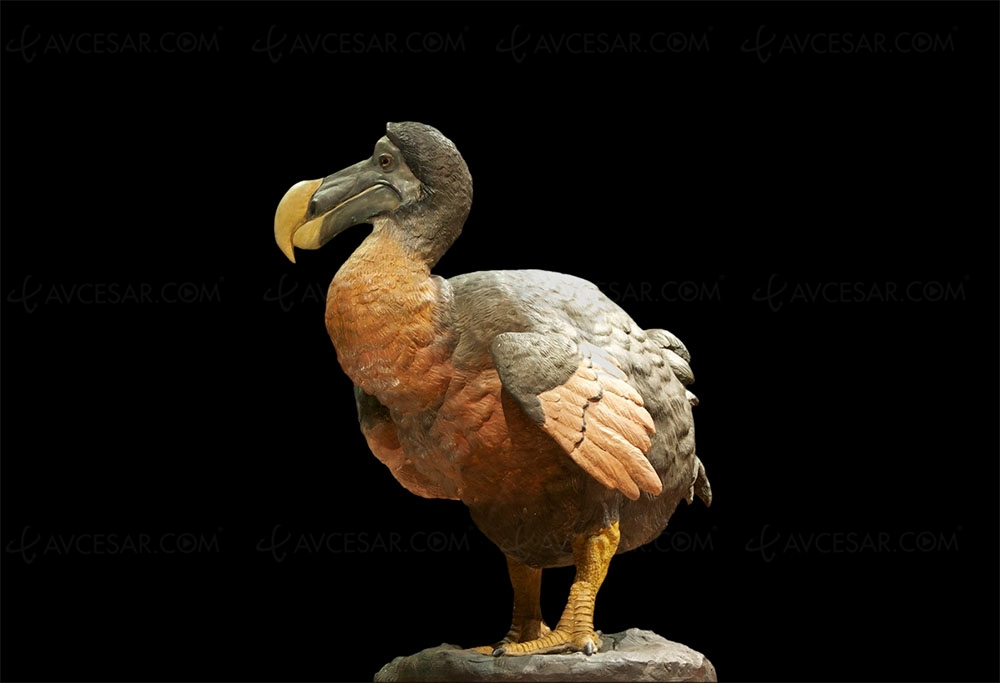A sort of ancestor of the pigeon - in a swollen block version - endemic to Mauritius, also called the dodo of Mauritius, the dodo disappeared from the surface of the Earth in the 17th century just 100 years after its discovery by men. But following new research, he could come back from his ashes like a phoenix, or rather a Steven Spielberg dino.
The stuffing turkey
An extremely well-preserved sequence of dodo DNA has indeed been discovered, announced a team of biology researchers from the University of California at Santa Cruz. A final missing piece so well preserved that it could one day be used to incubate an egg from a living close cousin, such as a turkey or a pigeon. Beth Shapiro, professor of ecology and evolutionary biology at UC Santa Cruz, told the Telegraph: “Yes, the dodo genome is fully sequenced because we sequenced it. It hasn't been released yet, but it exists and we're working on it right nowâ€.
After the mosquitoes in the amber of the Spielberg films, here is the dodo. Probably not enough to open a theme park (although,) but perhaps give ideas to certain filmmakers... The bird that disappeared three centuries ago is in any case sufficiently mythical, it has, among other things, inspired the illustration of origin of Lewis Carroll's novel, Alice's Adventures in Wonderland (1865).
Main fault: not being afraid of men
We remind you that the dodo, which would not be afraid of men (which will run its course to its loss) crawls from an illustration by Roelandt Savery based on a living specimen brought back to Europe, a dirty reputation as a lazy bird, slow, big (probably stuffed with biscuits at the time), but remarkable for its blue-gray plumage, with tips of yellow and white, and a 23 centimeter beak.
A sad symbol of man-made animal extinction that could therefore be brought back to life. Other good news, unlike the T-Rex, it is completely harmless (illustration below: wax and plaster model, made by the National Museum of Natural History in Paris in the middle of the 19th century). Source: NY Post
